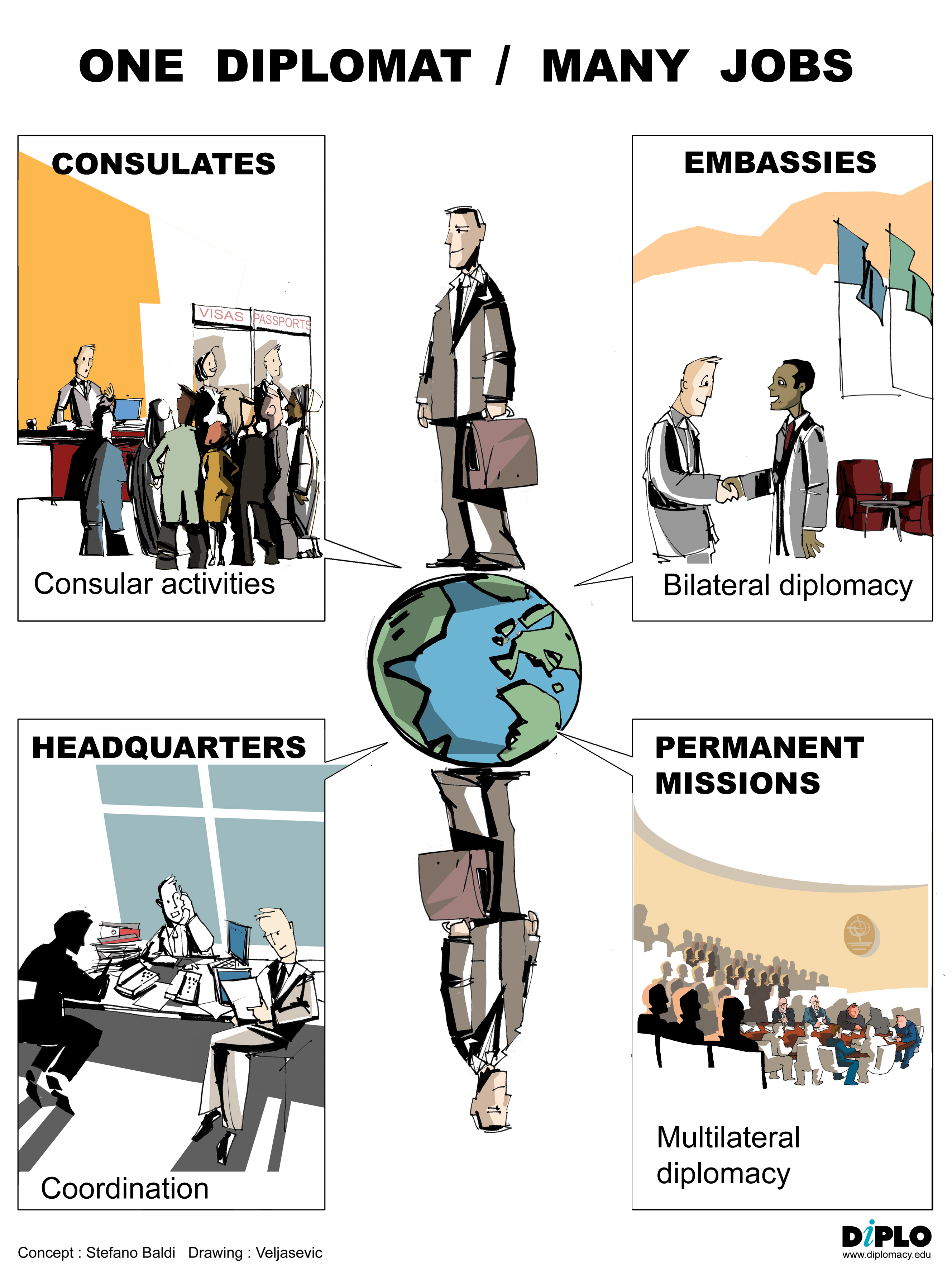What do the Suez Crisis and George H.W. Bush vomiting on the Japanese Prime Minister have in common? They both generated from jet lag. Years after the 1956 Middle-East crisis, John Foster Dulles recognized that cancelling the Aswan agreement with the Egyptian leader Nasser, which opened the way for the Soviet Union to improve its relationship with Egypt, was a significant mistake and was due to the effects of jet lag. Similarly, the gastroenteritis attack that in 1992 caused former President Bush to vomit on him and the Japanese Prime Minister, was brought on by the effects of the trip to Japan.
These are only two examples contained in the article “How jet lag hurts diplomats, without them even realizing it“, in which Dan Caldwell and William Hocking stress that the symptoms of jet lag – fatigue, loss of appetite, headaches and irritability – could crucially impair high-level leaders and diplomats who engage in significant negotiations and discussions. With a view to obviate to these bad effects, the authors suggest that exposure to sunlight and rest can help re-synchronize circadian clock and operate at the height of mental acuity. In this sense, the selective use of pharmacological agents including melatonin may be of benefit. As an alternative, Caldwell and Hocking suggest that policy-makers may return to rely on resident diplomats to represent their country’s interests and positions to foreign governments.
Image source: Flickr – Hernán Piñera – (CC BY-SA 2.0)









